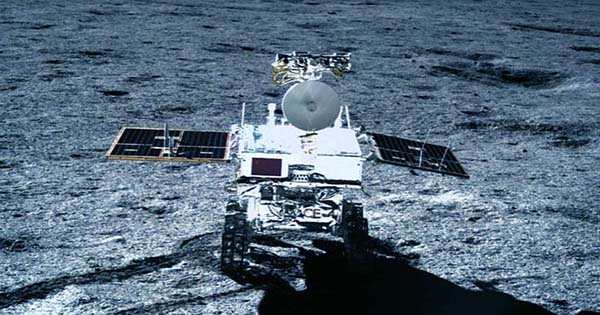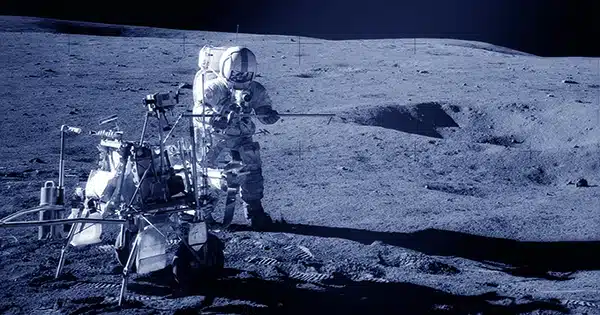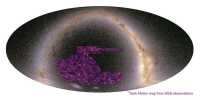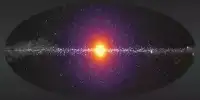Some parts of the Moon have never seen the light of day. Certain craters, primarily near the Moon’s polar regions, contain portions that have never seen daylight and will never see it. Water ice deposits have been discovered in those areas by spacecraft. And it is to this location that space agencies intend to send rovers, landers, and, in a few years, humans.
But how come sunlight never gets to such places? It all comes down to the Moon’s tilt. Take a look at the Earth. We have times when the Northern Hemisphere is pointing toward the Sun (Boreal Summer or right now), times when it is pointed away (Austral Summer), and times when both Hemispheres receive the same amount of light (fall and spring). However, this is not the case with the Moon.
It is 1.5 degrees tilted with respect to the Earth’s orbit around the Sun. The Moon is almost vertically oriented. This means that no matter how the Moon moves around the Earth, the Sun’s rays hit the Moon almost perpendicularly. So the equatorial regions receive a lot of light, yet deep shadows are easily cast near the poles. In the lunar polar regions, it is always late afternoon in the dead of winter.

A single mountain would not cause perpetual darkness. The shadow would rotate with the Moon. Things would be different if you had a rimmed crater. The bottom and a portion of the wall would never receive direct sunlight. The Sun was constantly hidden below the rim.
There is water in those craters
Permanently dark areas have been dubbed “cold traps.” The cause will become clear in a second. In these shaded places, the temperature is always less than -160°C (-260 °F). When ice forms there, it remains. It is so cold that ice behaves like a rock at those temperatures, even in the absence of an atmosphere. It will remain in place for a billion years.
These cold traps exist at both poles, although 60 percent of them are found beyond 80 degrees latitude on the South Pole. That is why the region has piqued the interest of space agencies. Russia’s Luna 25 hopes to arrive in a few days. A few days later, India’s Chandrayaan-3 arrived.
China will also send automatic missions, with the Chang’e-7 lander and rover combo set to arrive in 2026, as well as a private mission from Jeff Bezos’ Blue Origin. Then there’s Artemis 3. The mission to return people to the Moon is presently scheduled for December 2025.
Artemis 3 may become a different mission with no landing due to SpaceX’s Starship blowing up in the air and injuring the launch pad, causing substantial delays.
What is the source of the water on the Moon?
There are a variety of water sources on the Moon, and it isn’t just ice in the cold traps. Some can be found in hydrated minerals and even glass beads produced after the Moon collided with smaller bodies in the Solar System.
Water is present everywhere on the Moon’s surface if we examine water molecules alone rather than as a possible source of material for a future settlement. There is plenty of ice in the dark craters, but water molecules can also be found in the dust grains in the sunny regions.
The source cannot be pinpointed until more investigation is conducted. It is the result of ancient volcanic activity. Comets and frozen micrometeorites are also thought to have a role, but the interaction between the lunar soil and the plasma in the solar wind could result in the formation of water.















